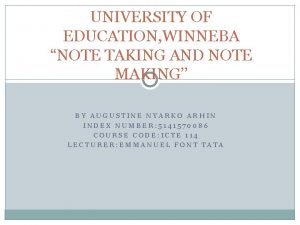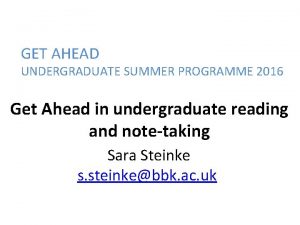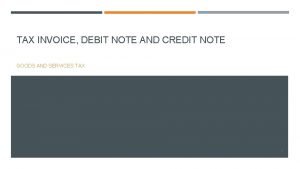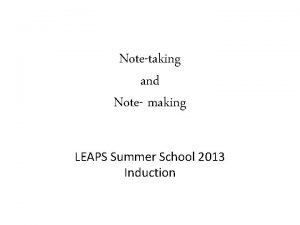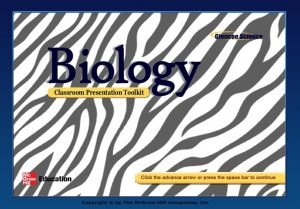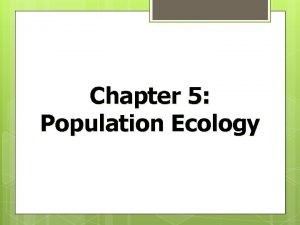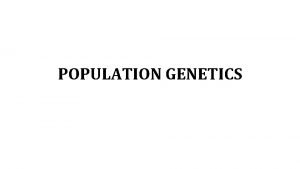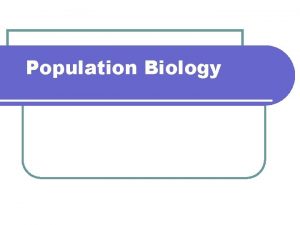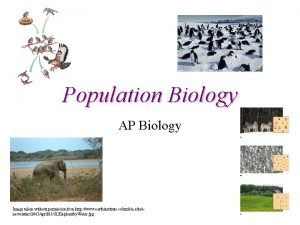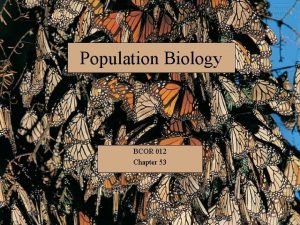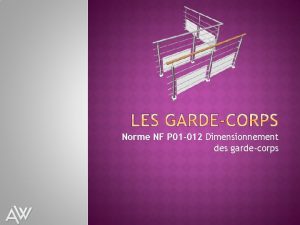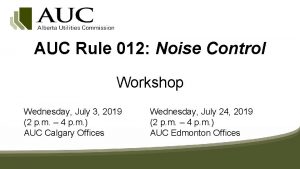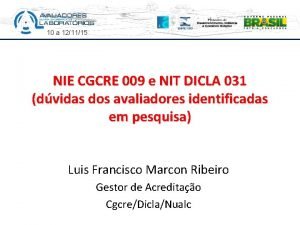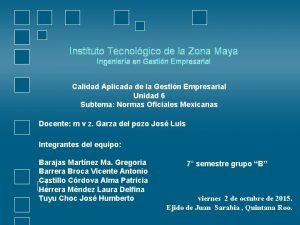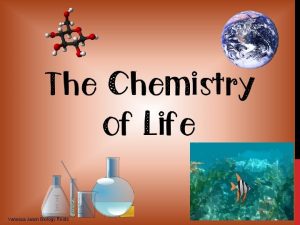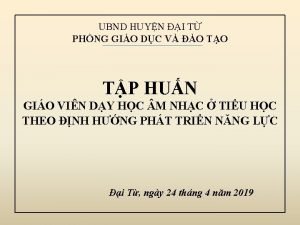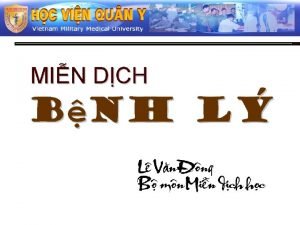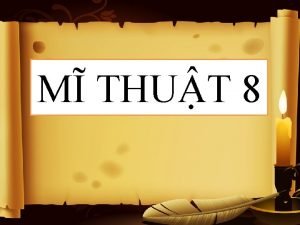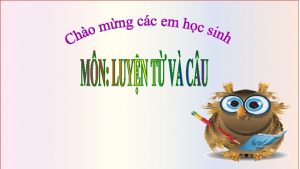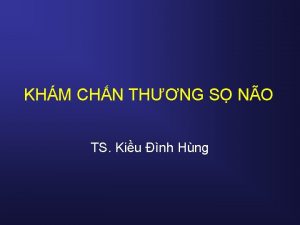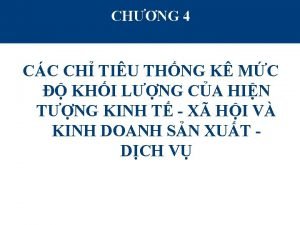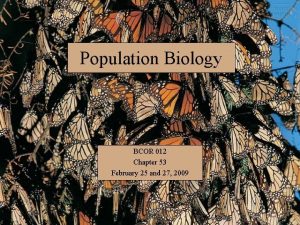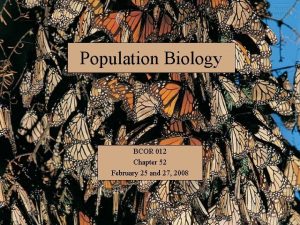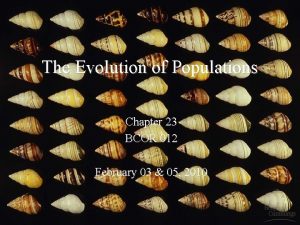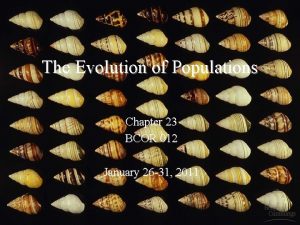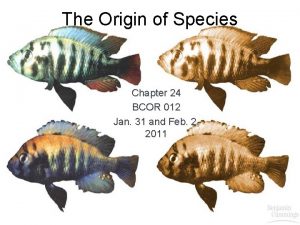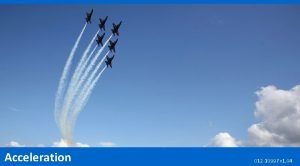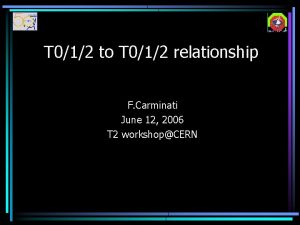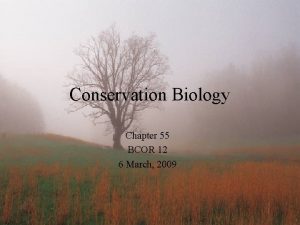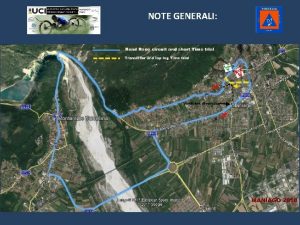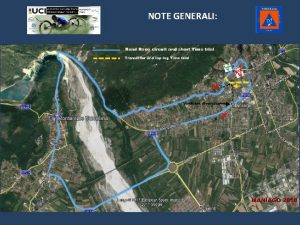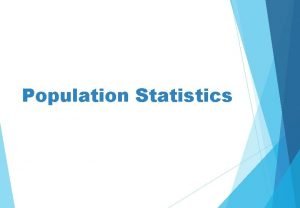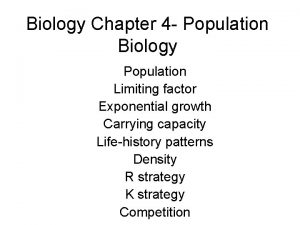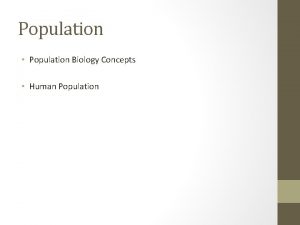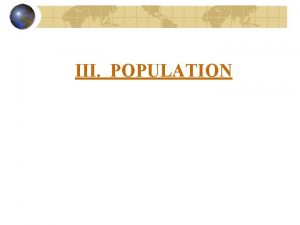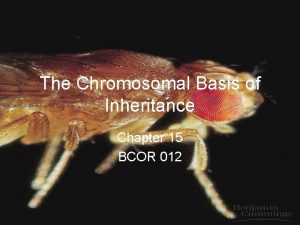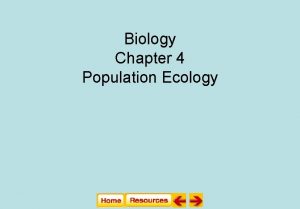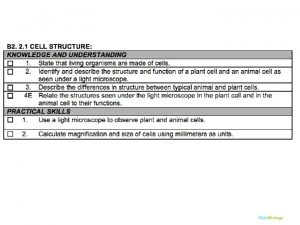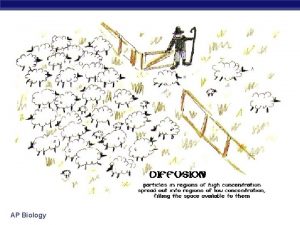Population Biology BCOR 012 Chapter 53 Note The

Population Biology BCOR 012 Chapter 53

Note: The Tri-Beta honors society will be having its regular intro bio tutoring sessions Monday and Tuesday after break, 6 - 8 pm in Rowell 244. This is in addition to the regular Sunday sessions in Living and Learning.

Ecology - the study of the interaction between organisms and their environment

Ecology and evolutionary biology are closely related disciplines: events that occur in ecological time affect life on the scale of evolutionary time. Put another way, an important cause of evolutionary change is the interaction of organisms with their environment.

Organismal ecology The focus of ecological studies occurs at many different scales. Population ecology Community ecology Ecosystem ecology Landscape ecology Global ecology

Population Ecology Chapter 53 I. Characteristics of Populations A. Introduction B. Two important characteristics of populations are density and the spacing of individuals (= dispersion) C. Demography II. Life Histories A. Natural selection favors strategies that maximize and individual’s fitness. B. Reproductive strategies C. Trade-offs between reproduction and survival

Population ecology is concerned with: • measuring changes in population size and composition • identifying the ecological causes of such fluctuations

From Chapter 23: So what is a population? A population is a set of individuals of the same species that live close enough together to interbreed. in a particular geographic area.

Density – the number of individuals per unit area Aerial census of African water buffalo in the Serengeti

Dispersion – the spacing among individuals within the population boundaries

Demography Study of the vital statistics of populations and how they change over time ~ Birth and Death rates

A life table follows fate of a cohort from birth to death

Type I Few offspring with good care (mammals) Death rate low until older ages Type II Intermediate (rodents, annual plants) Death rate constant Type III Many offspring with little care (marine invertebrates, long-lived plants) Initial death rate high, then low Idealized survivorship curves

Population Ecology Chapter 53 I. Characteristics of Populations A. Introduction B. Two important characteristics of populations are density and the spacing of individuals (= dispersion) C. Demography II. Life Histories A. Natural selection favors strategies that maximize an individual’s fitness. B. Reproductive strategies C. Trade-offs between reproduction and survival

Life history - the set of traits related to reproduction, including frequency of reproduction, number of offspring, investment in parental care, etc.

Fitness involves both individual survival and the production of viable offspring that will live to reproduce themselves. Q. Therefore, why not a life history strategy that involves early reproductive maturity, frequent reproduction, and many offspring per brood?

A. Trade-offs between reproduction and survival: Survivorship vs. brood size in European kestrel

Population Ecology Chapter 53 III. Population Growth A. Exponential Growth B. Logistical Growth IV. Population Limiting Factors A. Density dependence B. Population fluctuations C. . V. Human Population Growth A. Earth’s carrying capacity B. What can you do?

Population Growth rate results from processes that add and remove individuals + Births − Deaths + Immigration − Emigration Therefore r = (b+i) - (d+e)

r is the per capita growth rate, r = b - d, where b is the per capita birth rate and d is the per capita death rate

Kingfish, Louisiana, had a population of 1, 100 individuals. They had a birth rate of 12/100, a death rate of 8/100, and an emigration (individuals leaving the population) rate of 2/100. How many people were added to Kingfish's population in one year? What is r? A. 0. 02 r = (b+i) - (d+e) Clicker Question B. 22 r = 0. 12 - (0. 08+0. 02) = 0. 02 C. 44 r. N=(0. 02)(1, 100) = 22 D. 2 E. Not enough information given good job!

As b decreases and/or d increases, r, the per capita growth rate, decreases.

The carrying capacity (K) of an environment is the maximum population size that the environment can sustain with no degradation of the habitat.

As the population size (N) approaches carrying capacity (K), the population growth rate approaches zero.

The Logistical Growth Equation K - N d. N dt = rmax. N K By multiplying the exponential rate of increase rmax. N by (K - N)/K, we reduce the actual growth rate of the population as N increases.


The logistic model of population growth produces a sigmoid (S-shaped) curve when N is plotted over time.

How well do actual populations fit the logistical model? This laboratory population of Paramecium grew according a logistical model. This laboratory population of Daphnia overshot carrying capacity. And this natural population of song sparrows fluctuated considerably in response to environmental stresses.

Population Ecology Chapter 53 III. Population Growth A. Exponential Growth B. Logistical Growth IV. Population Limiting Factors A. Density dependence B. Population fluctuations V. Human Population Growth A. Earth’s carrying capacity B. What can you do?

Density-dependent factors limiting population growth • Plants: light, nutrients, water • Animals: food, water, nesting/breeding sites • Increased predation • Accumulation of waste in the environment • Increased transmission of disease • Stress

Fluctuation in a moose population on Isle Royale, Lake Superior

Population Ecology Chapter 53 III. Population Growth A. Exponential Growth B. Logistical Growth IV. Population Limiting Factors A. Density dependence B. Population fluctuations V. Human Population Growth A. Earth’s carrying capacity B. What can you do?

The human population has been growing exponentially, though the rate has slowed in recent decades Where is K? ? ?

In the U. S. , our ecological footprint is large

So what can you do about it? • • • Live sustainably Use resources wisely Eat more vegetable protein and less meat Support global family planning efforts Work for peace and justice

- Slides: 36


